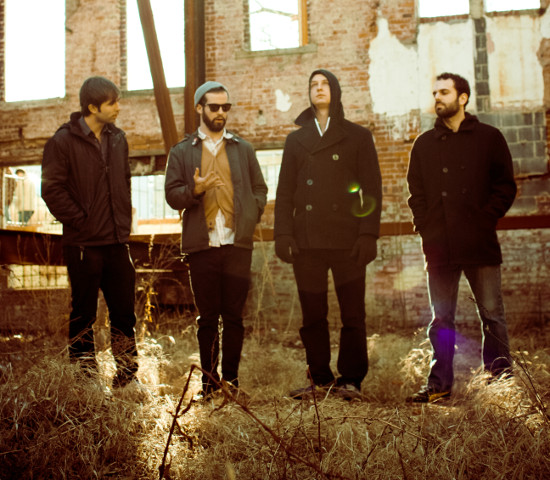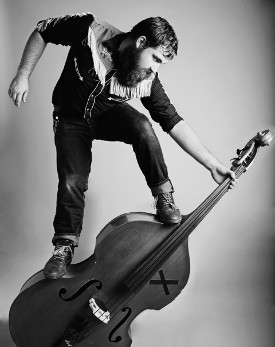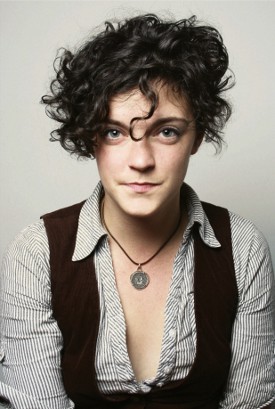
When the quartet Deleted Scenes recorded its second album, Young People's Church of the Air, the atmosphere was "intense and pressurized," resulting in a "doomed energy," singer/guitarist/co-songwriter Dan Scheuerman has said.
In an interview this week promoting his band's February 3 performance at Rozz-Tox, Scheuerman elaborated on those intriguing phrases. To start, the recording period was more compressed than for the band's debut, he said: "We wanted the record to have a moment. Instead of being recorded over a year, it was recorded over more like three months. In that sense, it's more identifiable as one piece of work."
But the time frame was just one factor. "There was a weird vibe going on in the studio," Scheuerman said. Producer L. Skell "is hard to read. So there was a lot of silence and glowering ... . And so we'd go in a direction and not be sure what was going on. And then when things seemed dark and we weren't getting anywhere, everything would sort of snap together and ... [Skell] would come up with one or two really amazing suggestions to focus everything. There was a sense of ominousness to the proceedings, and that I think created a sense of doom. And there's also a bit of doom in the songwriting as well. ... There was a high degree of tension."

 A lot of bands decide to track their albums largely live in the studio, but until I talked to David Mayfield, I'd never heard such a strong rationale. The typical goal (outside of saving money and time) is to capture a live energy, with the incidental benefit of retaining some charming flubs.
A lot of bands decide to track their albums largely live in the studio, but until I talked to David Mayfield, I'd never heard such a strong rationale. The typical goal (outside of saving money and time) is to capture a live energy, with the incidental benefit of retaining some charming flubs. In April 2008, Seattle alternative-weekly paper The Stranger
In April 2008, Seattle alternative-weekly paper The Stranger 







